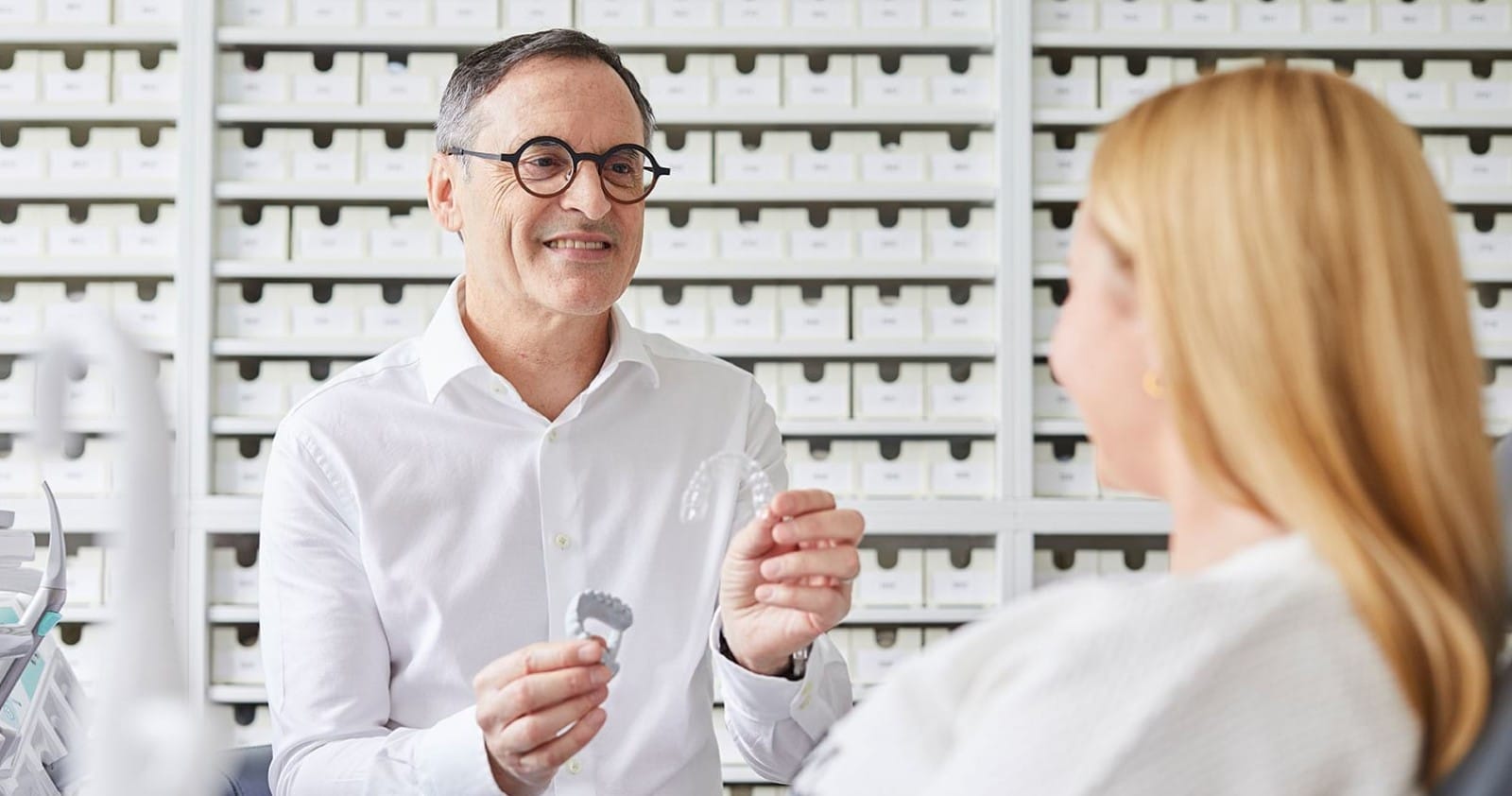One thing is clear: Regular and well-tended teeth make us feel good. They underpin our self-esteem and help us to an open smile that will leave a lasting impression.
However, apart from the aesthetic aspect, we always bear in mind that optimally aligned teeth help to prevent tooth decay and gum disease and frequently contribute to remedying painful tensions. In addition, they improve chewing and digestion, correct speech impediments, and alleviate a host of other conditions.
Thus, dentistry in general and orthodontics in particular have a great impact on your quality of life.
Thanks to medical developments, there is now a series of sophisticated treatment techniques available –including invisible ones – that we would like to share with you.

